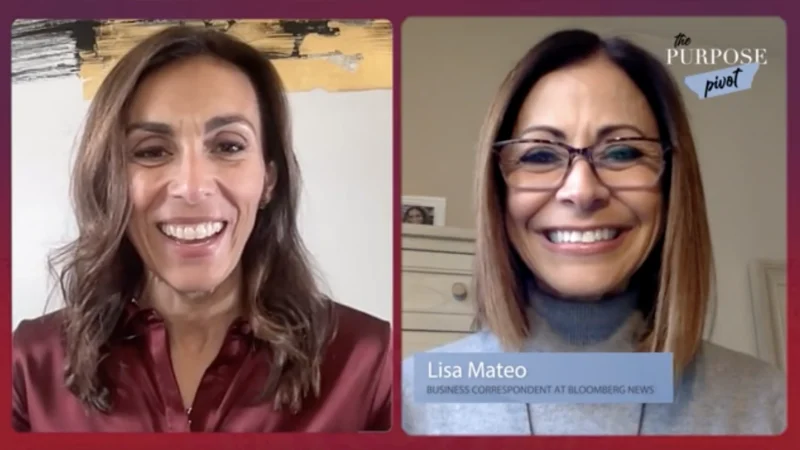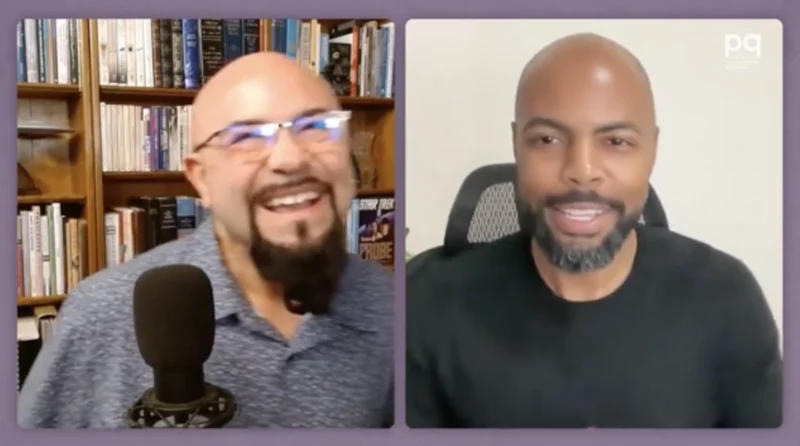Committing to Strategic Marketing Can Help Companies Fix What They Often Get Wrong
Digital marketing has dominated for some time now but many companies still struggle with identifying and implementing the most effective strategies to foster growth. Of course, constant evolution of consumer behaviors and digital landscapes have continuously made this challenge even more pressing. Businesses naturally want to invest in successful marketing outcomes, and oftentimes it is clear that a strategic marketing reassessment is needed.
So, what are some of the hurdles that businesses face in their marketing strategies, and how can they overcome them to achieve sustainable growth?
Some solutions to this question are answered in the latest episode of “Scale Sessions,” presented by James Loomstein, Managing Partner at Rogue Marketing. The segment takes a look into the complexities of choosing the right marketing strategies, the types of strategic marketing that works, and implementing them effectively to drive results and ultimately, successful company growth.
Several of the main points of the episode’s presentation looked at:
- How companies can structure their marketing strategies around three fundamental growth drivers: customer acquisition, increased spending, and enhanced customer retention.
- Shifting from traditional budget distributions to a more dynamic, goal-oriented approach that aligns with actual business objectives and customer journeys.
- How the correct use of marketing technologies can streamline operations and improve engagement and conversion rates.
James Loomstein is the managing partner at Rogue Marketing, a consultancy specializing in digital strategy and business growth. His experience and background is in digital marketing and strategy. Loomstein has helped numerous midsize companies refine their marketing approaches, aided by his understanding of digital marketing dynamics and consumer behavior.
Article by Alexandra Simon.




